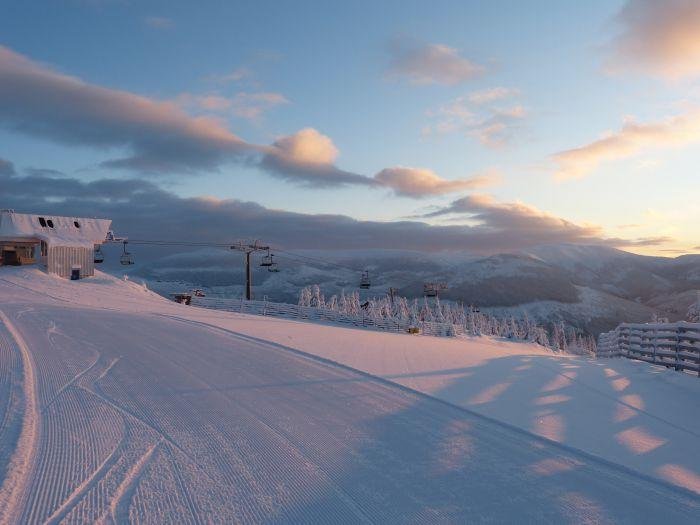

In the 18th century, large parts of the surrounding forests were a possession of the Habsburg minister Friedrich August von Harrach-Rohrau (1696–1749), after whom the village of Bedřichov ( Friedrichsthal) is named. It received its name (which can be literally translated as Špindler's Mill) after a mill belonging to a Spindler family, where neighbours would meet. The settlement was first doumented in the early 16th century under the rule of King Louis II Jagiello.

Nowadays it has about 1,300 permanent inhabitants. The municipal area comprises the villages of Přední Labská, Labská, Bedřichov and Svatý Petr. A large dam was built in 1911–16 near Labská ( Krausebauden). About 1 km downstream are the Labe Falls ( Labský vodopád) which cascade about 40 m (130 ft) in depth. The Elbe source is located northwest of the town, near the Polish border and Mt. Špindlerův Mlýn lies on the confluence of the river Labe (Elbe) and the Dolský potok (Dolský creek). In the east rises Luční hora at 1,555 m (5,102 ft), the second highest mountain of the Czech Republic. Situated on the southern slopes of the Kozí hřbety, part of the Krkonoše Bohemian Ridge, at an altitude of 715 m (2,346 ft) to 1,310 m (4,300 ft) a.s.l., it is protected on all sides by the mountain peaks of Kozí hřbety, Pláň and Mt. Špindlerův Mlýn is in the north of the historic Bohemia region near the border with Poland.


 0 kommentar(er)
0 kommentar(er)
